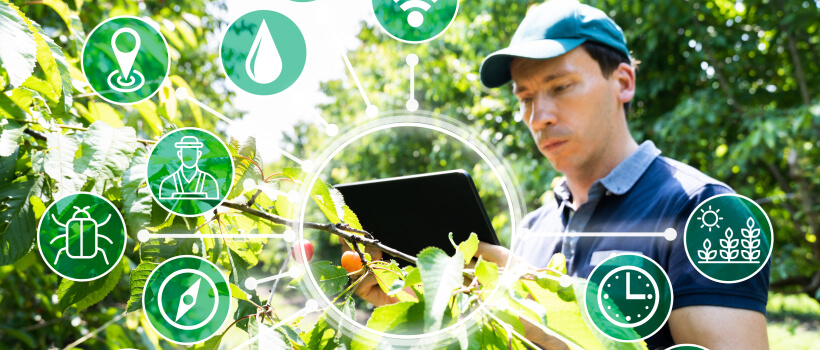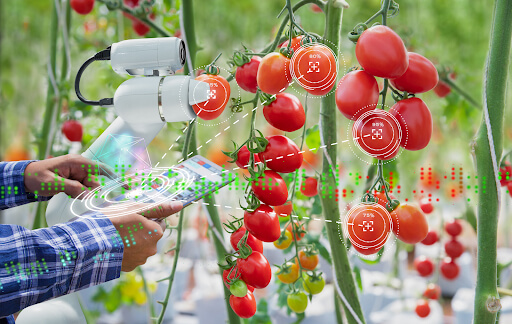 1-800-805-5783
1-800-805-5783 
The field of agriculture has always been at the forefront of innovation and technological advancements. In recent years, the agricultural industry has witnessed a rapid evolution due to the emergence of new technologies. These cutting-edge solutions are revolutionizing the way we cultivate, harvest, and manage crops, leading to increased productivity, sustainability, and efficiency. This article explores the latest innovations in agriculture, highlighting the role of new technologies in driving transformative changes across the industry.
Precision agriculture is a game-changer in modern farming practices. It leverages advanced technologies, such as global positioning systems (GPS), remote sensing, and drones, to optimize the use of resources and increase yields. By collecting real-time data on soil composition, moisture levels, and crop health, farmers can make informed decisions regarding irrigation, fertilization, and pest control. This targeted approach minimizes wastage, reduces environmental impact, and enhances overall efficiency in agricultural operations.
The Internet of Things (IoT) is transforming the way farms operate, creating a connected ecosystem of devices, sensors, and equipment. IoT devices can monitor and manage various aspects of farming, including soil moisture, temperature, livestock health, and machinery performance. Farmers can access real-time data remotely, enabling them to make data-driven decisions and optimize resources. IoT solutions also enable predictive maintenance, minimizing downtime and maximizing productivity. By embracing IoT technologies, farmers can streamline operations, reduce costs, and achieve greater sustainability.

Vertical farming is a revolutionary concept that allows crops to be grown indoors in vertically stacked layers, utilizing limited space and resources. By employing advanced LED lighting, hydroponics, and automated systems, vertical farms create ideal conditions for plant growth. These controlled environments eliminate the need for pesticides, reduce water usage, and provide optimal temperature and lighting conditions. Vertical farming offers year-round cultivation, regardless of external weather conditions, making it a viable solution for urban areas and regions with limited arable land.
Robots and automation technologies are increasingly being integrated into agricultural practices, addressing labor shortages and improving efficiency. Autonomous robots can perform tasks such as seeding, planting, and harvesting with precision and speed. These robots are equipped with computer vision, machine learning, and AI algorithms, enabling them to identify and respond to crop variations, pests, and diseases. By reducing the reliance on manual labor, farmers can optimize productivity, reduce costs, and allocate resources more efficiently.
Blockchain technology is gaining traction in the agricultural sector, offering a transparent and traceable system for supply chain management. Through blockchain, every step of the production and distribution process can be recorded, ensuring the authenticity and quality of agricultural products. This technology enhances food safety, reduces fraud, and strengthens consumer trust. Blockchain also enables farmers to receive fair compensation for their produce by eliminating intermediaries and creating direct connections with buyers.
The advent of new technologies in agriculture is driving a remarkable transformation in the industry. Precision agriculture, powered by GPS, remote sensing, and drones, is optimizing resource utilization and increasing yields. The Internet of Things (IoT) is creating a connected farming ecosystem, enabling real-time monitoring and data-driven decision-making. Vertical farming is revolutionizing crop cultivation by maximizing space and resources. Robotics and automation technologies are addressing labor shortages and improving productivity. Blockchain is ensuring transparency and traceability throughout the supply chain.As the agricultural industry embraces these new technologies, farmers can expect improved efficiency, sustainability, and profitability. However, it is essential to provide education and support to ensure the widespread adoption and integration of these innovations. With continued investment in research and development, the future of agriculture looks promising, with new technologies leading the way toward a more sustainable and food-secure world.